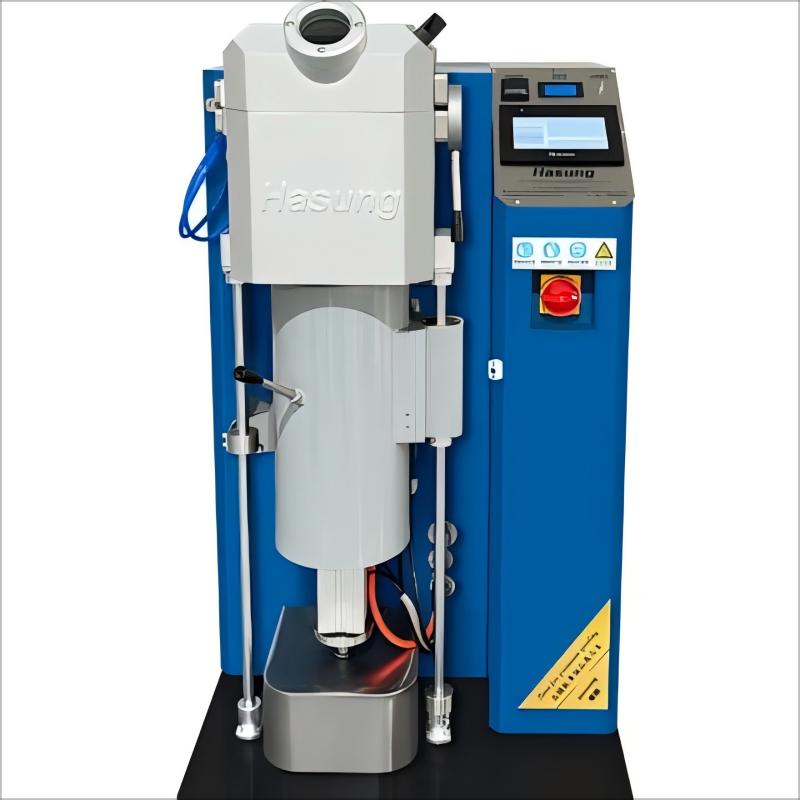
Vacuum casting is a soft mold technology that uses soft silicone molds to cast polyurethane plastics and elastomers. This is where its names come from, silicone casting and polyurethane casting. The entire casting process is carried out in a vacuum chamber, eliminating the risk of bubbles in the casting, making the final product precise and flawless.
Vacuum casting is advantageous in many ways:
1. Rapid prototyping: Vacuum casting can quickly create high-quality prototypes with small batches of complex and delicate shapes. Therefore, it is often used for small batches and short-term production of prototypes or production parts.
2. Flexibility of materials and designs: Vacuum casting resins are available in a variety of colors, which are convenient for different applications. With the flexibility of 3D printing geometry, vacuum casting can produce parts that are usually difficult or impossible to manufacture using other manufacturing methods.
3. High precision and low cost: Compared with other rapid prototyping methods such as CNC machining, vacuum casting is a cost-effective option that can produce reusable molds in just a few hours. In addition, parts produced using vacuum casting can be seamlessly fitted together without the need for additional steps such as grinding or drilling.
4. Details of the finished product: The vacuum casting process uses molds formed from a 3D printed master model, so it has the advantage of creating components with precise details. 3D printing enables complex details to be accurately captured and transferred to the final cast.
Disadvantages:
Before starting a project using the vacuum casting process, it is important to remember that there are some limitations to this method:
1. Tool wear: Vacuum casting involves the use of molds made of silicone, which have a shorter service life than metal molds used in injection molding. Therefore, tool wear is common.
2. Limited production: In addition, the number and size of molds in vacuum casting are limited, so it is more suitable for small-scale production rather than large-scale production.
3. Irregularities caused by shrinkage: As with injection molding, shrinkage (usually 0.25% – 15% due to thermal expansion) can cause irregularities in the characteristics of the final product, such as parts that are too thin or too thick, and deviations from normal tolerance levels.
4. Maintenance and cleaning: In vacuum casting, it is crucial to clean the mold regularly to prevent residues and demolding marks in subsequent castings.
5. High initial setup costs: While vacuum casting has low production costs, setup costs can be high depending on the necessary tooling and equipment.
6. Limitations in processing internal features: The surface finish of vacuum cast parts is often dependent on post-processing and may be limited to the exterior, as some internal features of the pattern may be difficult to access.